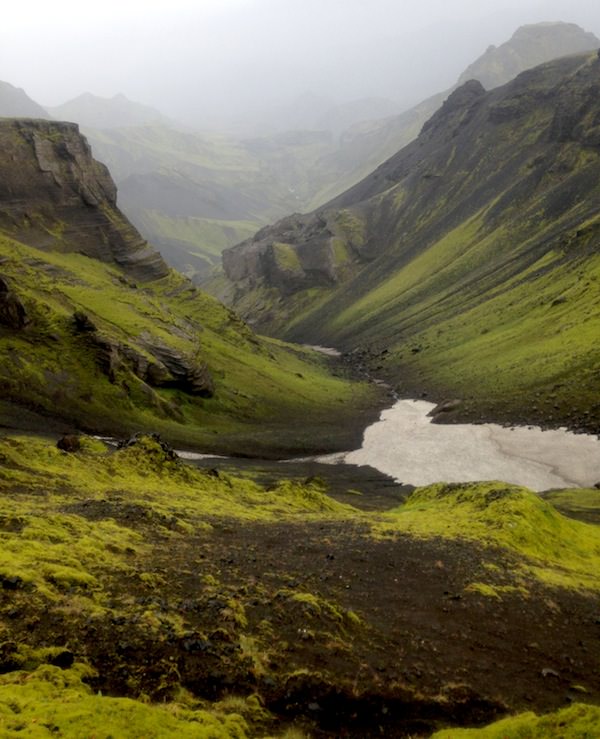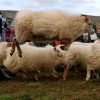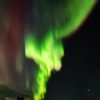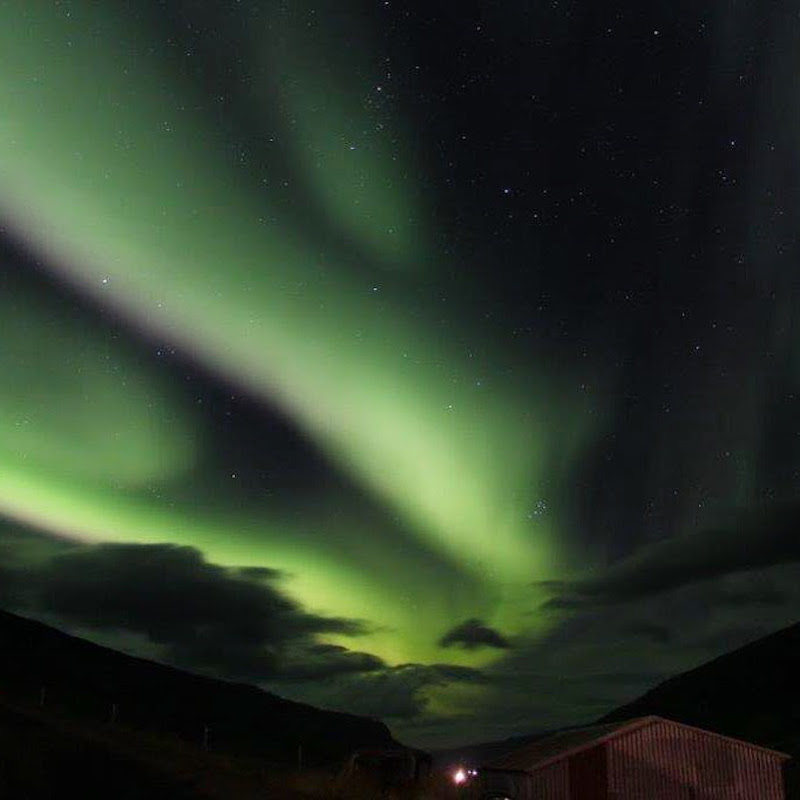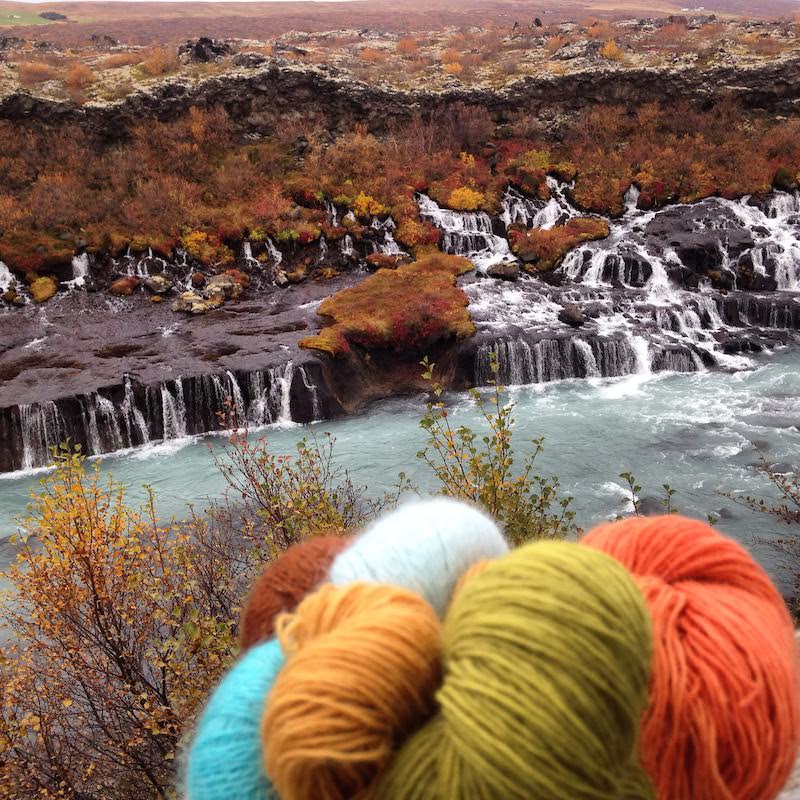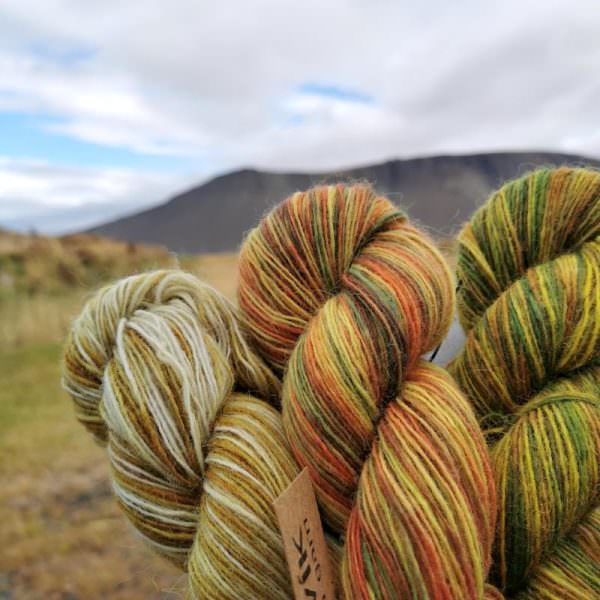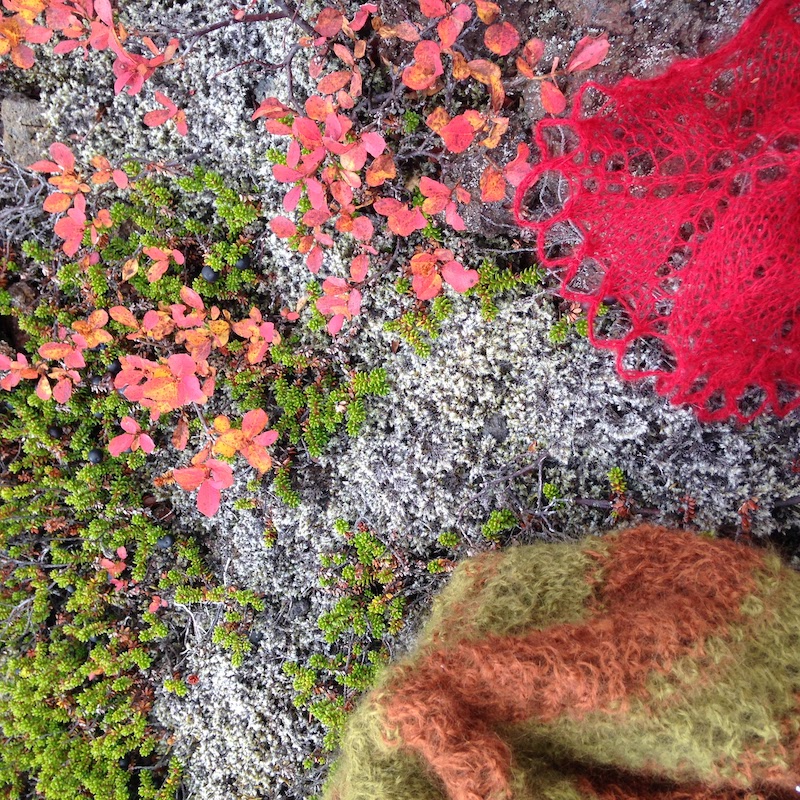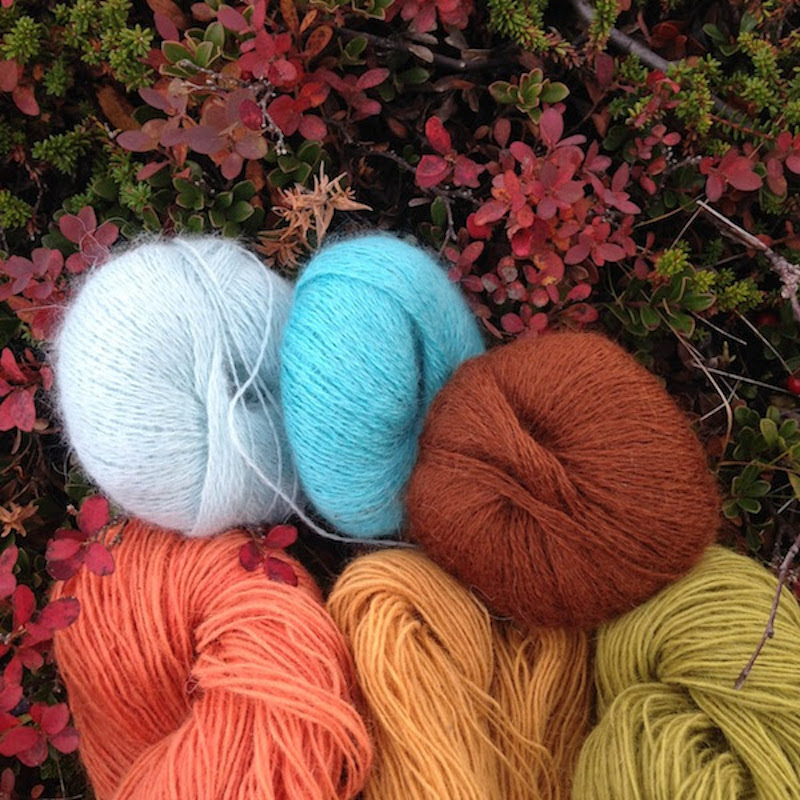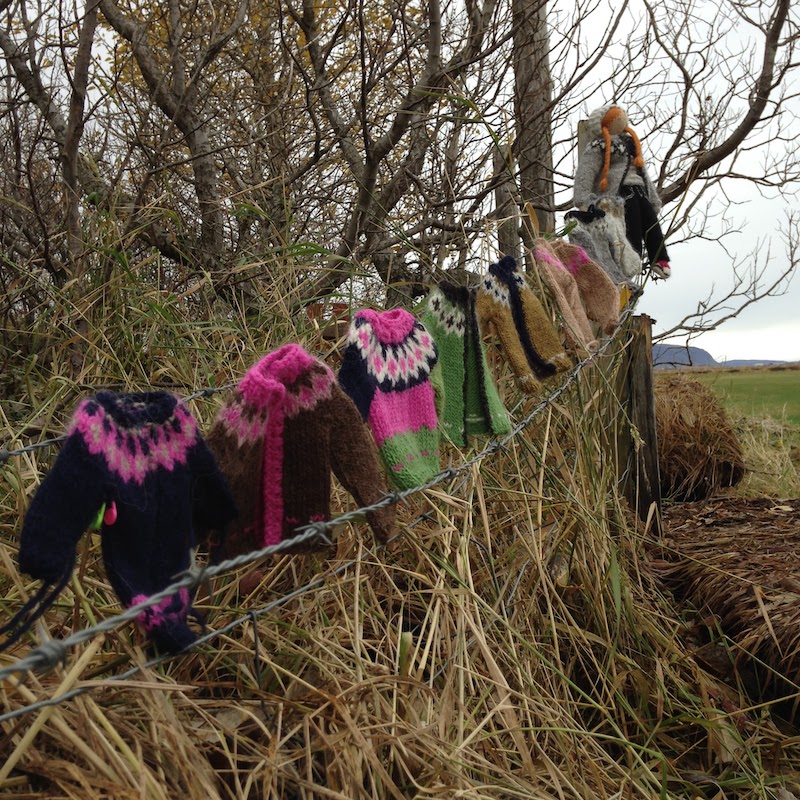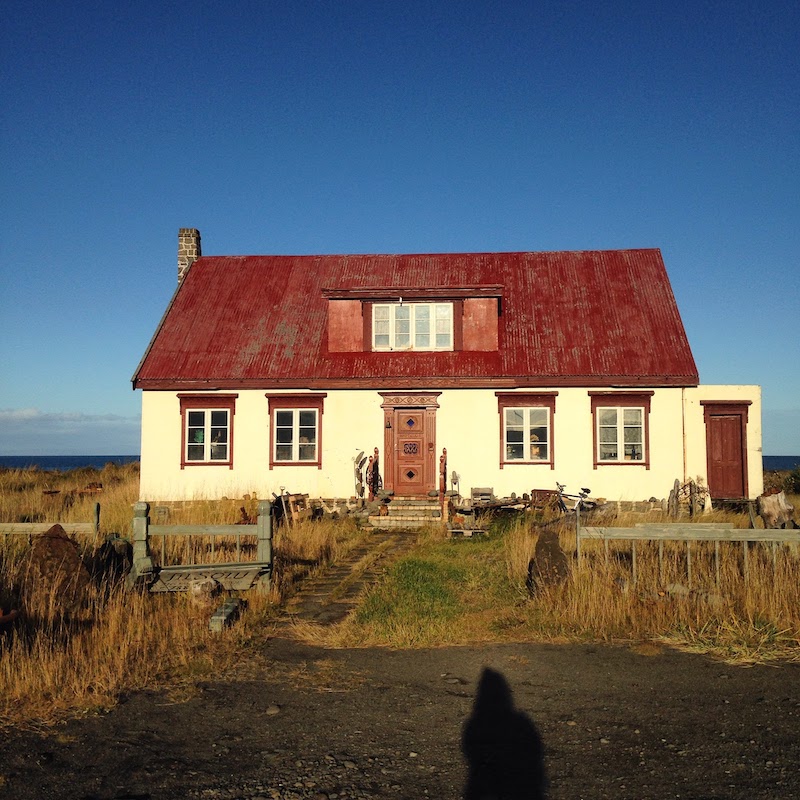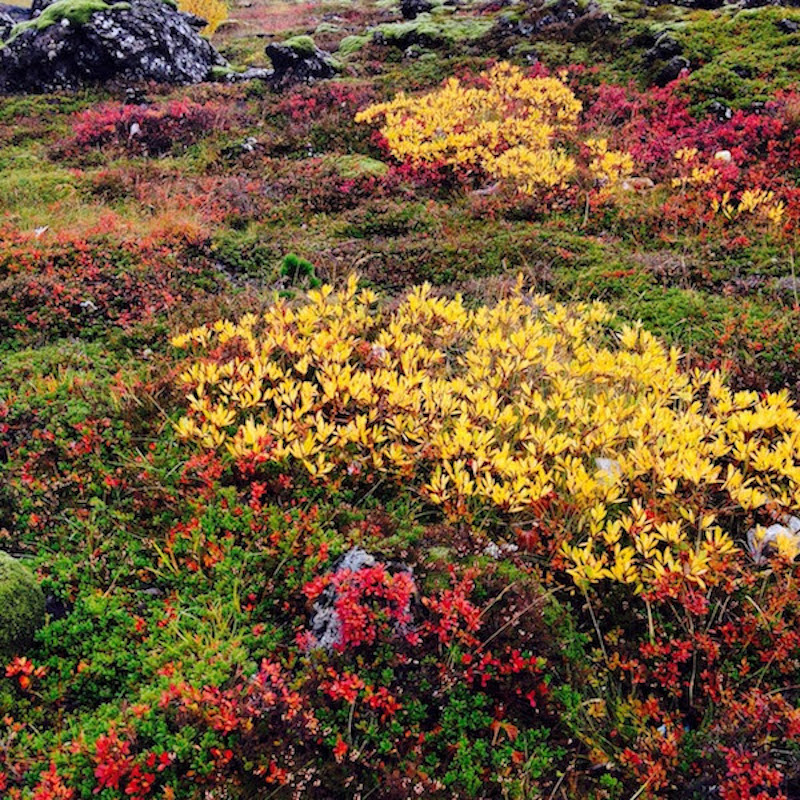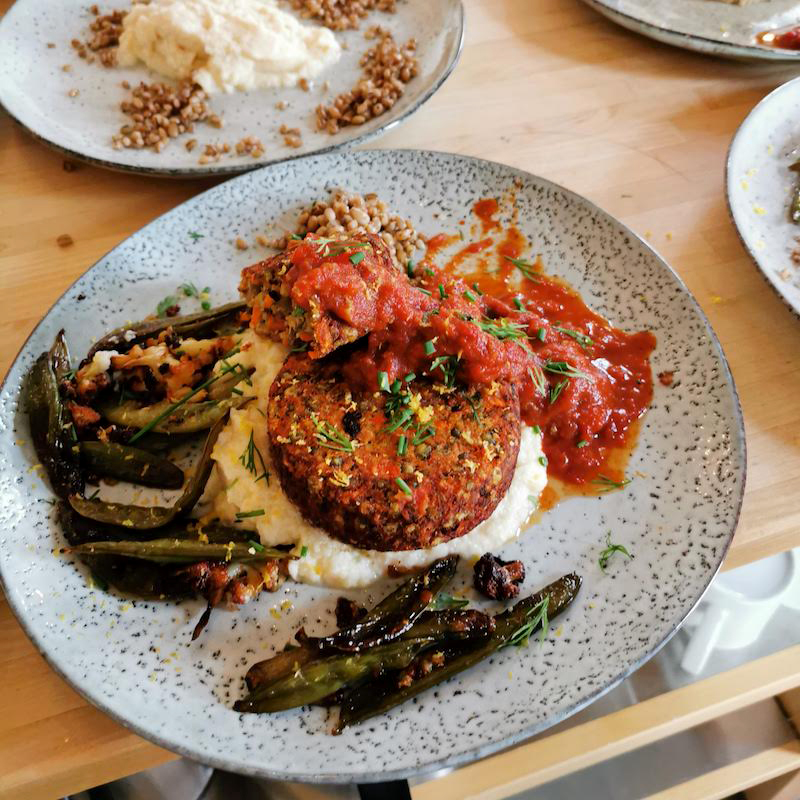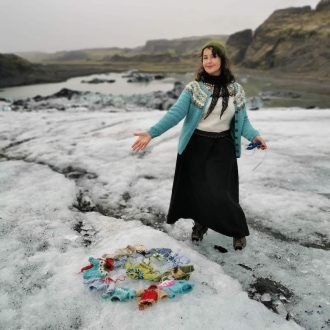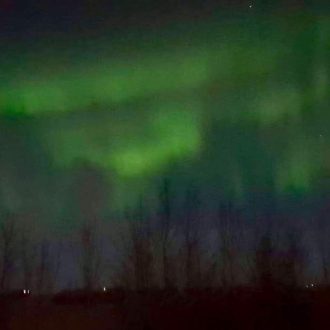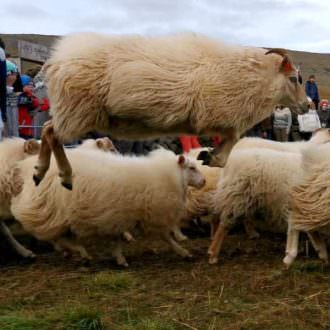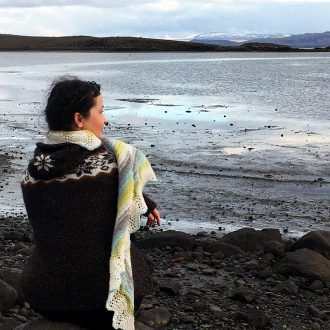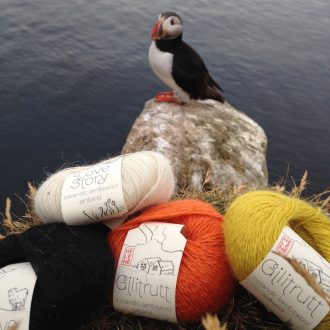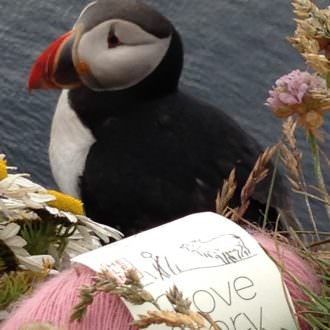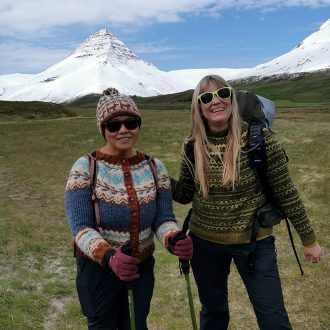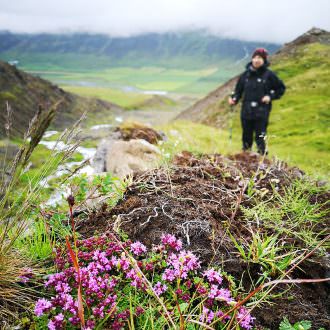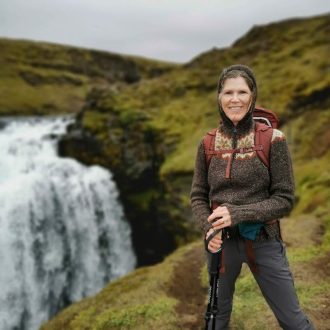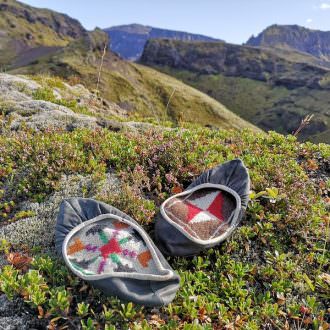Autumn Knitting Retreat in Icelandic nature 1, September 28 – October 4, 2025
ISK385.000
Autumn Knitting Retreat in North West of Iceland, Textile Museum, possible Northern lights, colorful landscapes, lopi sweater
Departure: September 28, October 4, 2025
This colorful tour is an autumnal variation of the popular Spring knitting tour. It will take us to the beautiful West of Iceland where the flamboyant landscape, the changing leaves, the spongious moss and the blueberries, the sheep just returned from the mountains and the joyful goats will inspire us as much as the knitting artefacts in the Textile Museum in Blönduós. At this time of the year, we will get a chance to see Northern lights if the weather allows. Hélène will tell us about the Icelandic knitting traditions with a focus on the youngest of them all, the famous Icelandic lopi sweater. We will meet with many local crafters, spinners, dyers, for an unforgettable insight into the Icelandic culture and knitting heritage. This trip doesn´t have any hiking but easy sight seeing. Accommodation in comfortable guesthouses with gourmet kitchen.
Upon booking, you will receive a link to fill up the registration form.
Please read the detailed information below >
Ekki til á lager
Want to be notified when this product is back in stock?
Orders ship from France (VAT from your country, no Customs fees in Europe) / Commandes expédiées depuis la France (TVA de votre pays, pas de frais de douane en Europe)

